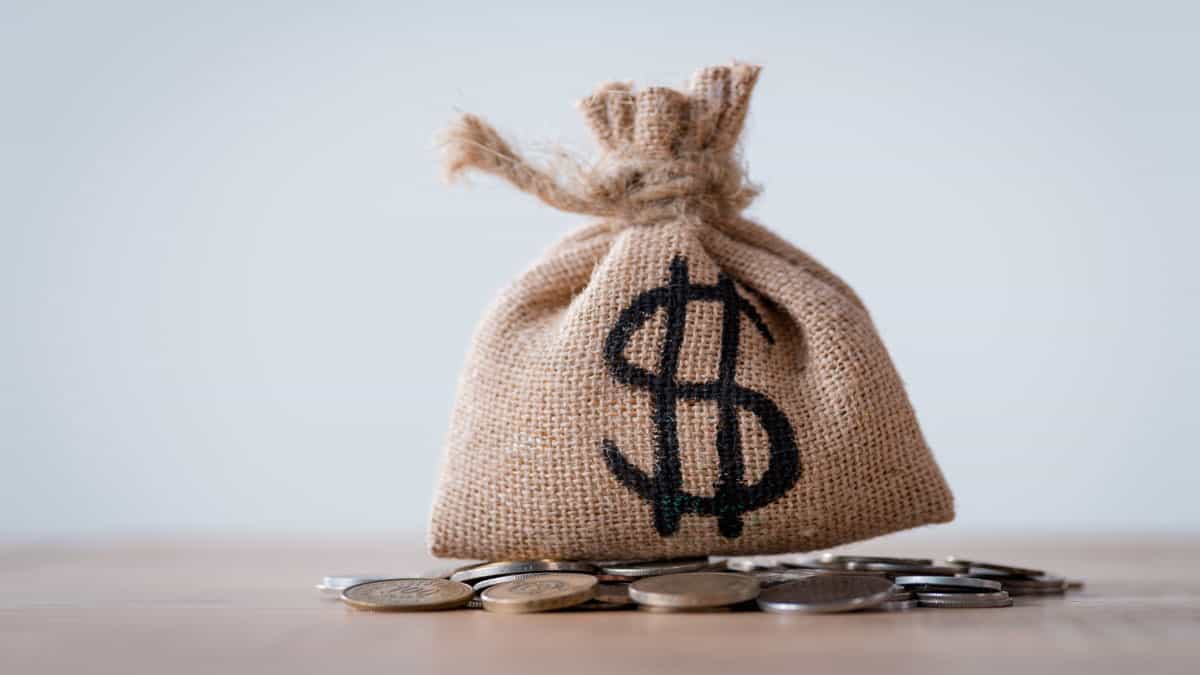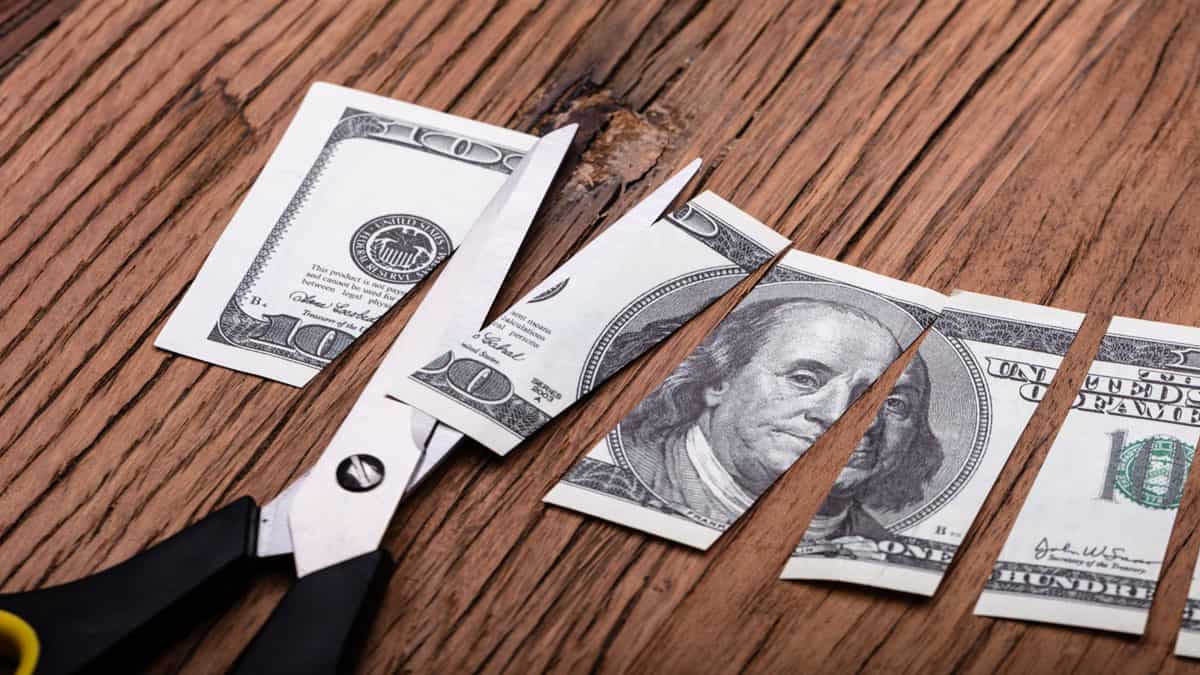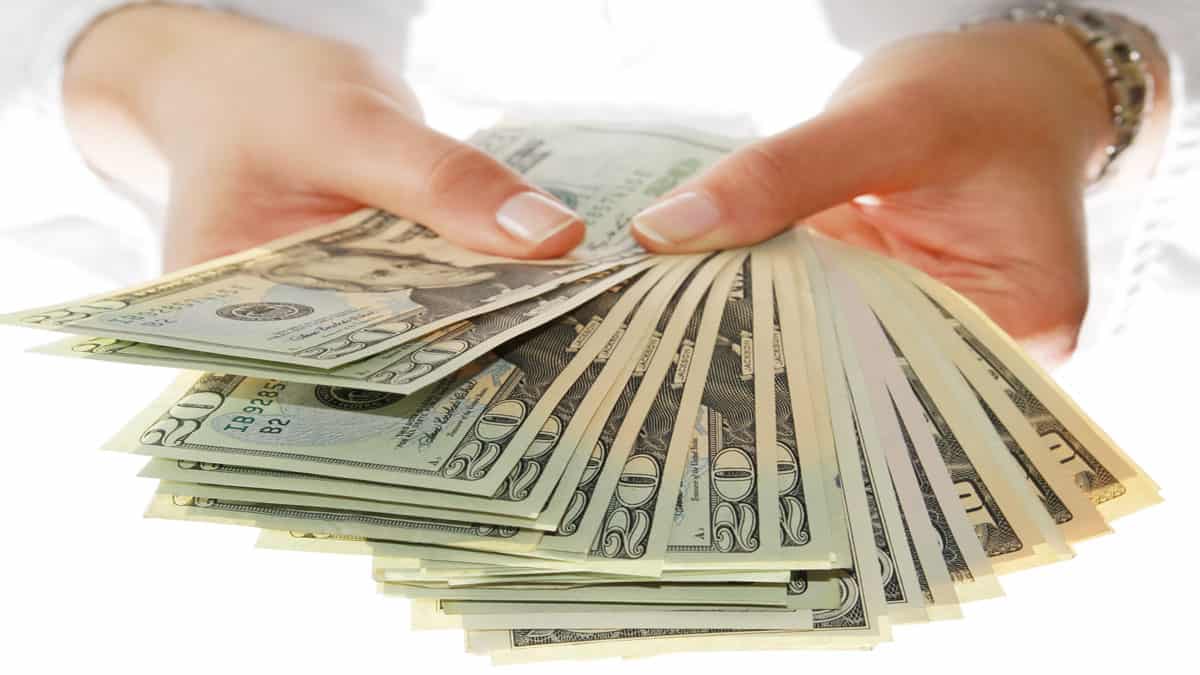THIS POST MAY CONTAIN AFFILIATE LINKS. PLEASE SEE MY DISCLOSURES. FOR MORE INFORMATION.
As a savvy shopper these days, you always need to be on your guard against sneaky marketing tactics that are designed to part you from your hard-earned money.
No matter how carefully you plan your budget or make lists to stay on track, marketers have an army of psychologists, data scientists, and even whole marketing divisions devoted to cracking the code on how to get you to spend more without even realizing it.
From subtle tricks with pricing and scarcity to more emotionally manipulative tactics playing on things like social proof or urgency, stores, and brands have a lot up their sleeves.
Today, we’ll pull back the curtain on 22 of the most commonly used sneaky marketing tactics that you’ll want to watch out for on your next shopping trip so you can stay fully in control of your wallet.
Get ready for an eye-opening look at how retailers try to influence your spending decisions!
Table of Contents
#1. Normalizing Behavior Through Outrageous Claims

One of the most common manipulative marketing tactics is normalizing behavior through outrageous claims.
Brands use this tactic to make their products appear to be widely accepted, even if they aren’t that popular.
For example, a company might claim that its product has been purchased by “hundreds of thousands” of people when in reality, the number may only be in the dozens.
Doing so can create a false sense of popularity and make shoppers feel like they’re missing out if they don’t purchase the product.
This tactic also generates hype around the product, as consumers will be more likely to purchase something that appears to be popular.
#2. Anchoring Prices

Anchor pricing makes an item look like it is on sale.
A store often raises an item’s price a few days before it goes on sale.
The sale price is the regular price, but it looks like a deal because the higher price anchors you.
Other times, they will make the price less than the old original price, but only by a little bit to make it look like much bigger savings.
For example, I saw muffins listed at the grocery store at $4.49. A few days later, they were on sale for $2.99.
I thought this was a good deal and bought them. But then I noticed afterward they are always $2.99, and other stores in my area also sell them for $2.99.
#3. Longer Hours

Notice how around the holidays, retailers have much longer hours?
They know that people are motivated to shop and spend money during this time of year, so the stores stay open longer, trying to take advantage of this.
And it works. Otherwise, stores wouldn’t keep doing it.
Take Sam’s Club hours as an example. While they are closed on Christmas day, they are open much longer around the holidays.
And their curbside pickup times are usually the same as their store opening hours.
#4. Using Facebook

Being tracked by Facebook isn’t new to most people.
What was surprising was how they were tracking you across all the websites you visit.
This is why ads for dog beds start appearing on your newsfeed when you are searching for a new dog bed.
This form of direct advertising works very well, which is why so many companies advertise on Facebook.
#5. Free Samples

Another sneaky thing stores and advertisers use to make you spend is offering you free samples. You are more likely to buy an item by allowing you to taste it.
That, along with a person pushing the item, makes it harder to say no.
Don’t think this works? It’s why most stores offer free samples on the weekends, the busiest shopping days.
#6. Use Of Tripwires

This method builds trust.
Usually, an item is offered for a very low price, like less than $10, to get you to trust to seller.
Once you see the value in the item, you are more likely to buy higher ticket items from them. This process turns a cold lead into a hot lead.
#7. Exclusivity

This is one of the oldest tricks in the book.
You think you will be part of an exclusive club by purchasing a brand-name item. It makes you feel special, so you want to be brand loyal and buy more of their products.
#8. Food Tricks

Advertisers use all sorts of tricks to make food more irresistible to you.
You might think the images you see in print ad copy, and commercials only use special lighting.
While lighting is essential, it goes a lot deeper than this. Did you know the following:
- Advertisers use shaving cream instead of whipped cream in ads for ice cream sundaes.
- Instead of real ice cream, they use mashed potatoes.
- Most fruit is shined using deodorant or hair spray to make it look juicier.
- Red fruit has a darker, richer color thanks to red lipstick.
- Marketers use motor oil, not maple syrup, on pancakes, so it looks freshly poured.
- The ads for burgers show raw patties covered in shoe polish to make them look cooked to perfection.
- Coffee, beer, and milk ads use liquid soap to create foam.
- Ads with ice cubes use plastic cubes since they won’t melt.
- Ads for cereal pour it into white glue, not milk, so it doesn’t get soggy.
- The use of antacids to make soft drinks fizz.
- They heat wet cotton balls to create steam for food.
- To make a whole chicken look fatter, they use paper towels to stuff it.
The list goes on and on. So the next time you see an ad for a tasty food item or treat, know that what you see is most likely not edible.
It is a method marketers use to get you to buy the item.
#9. Buy More, Save More

I personally love this one. It is pure genius. I haven’t met anyone that has not fallen victim to it. I’ve fallen for it many times, and I admit there are times I still fall for it.
The trick advertisers use here is this. Let’s say a sweater is selling for $50. But if you buy one, you get the second sweater for half price.
That is a sweet deal! Only $25 for a sweater. This is only a good deal if you are shopping for multiple sweaters.
If you aren’t, you are spending more money. Sure, the second sweater is only $25, but that is $25 more than you were going to spend in the first place.
This isn’t limited to clothing either. It happens in the grocery store all of the time.
#10. Use Of Authority

Watch television, and you will see ads with a person in a lab coat talking about a product.
Sometimes, they might even say something like “9 out of 10 doctors agree”.
In reality, you don’t know if the person is a doctor or what the nine doctors are.
Are they medical doctors? Doctoral students? But seeing an authority figure makes you think that the item works.
#11. Bigger Carts

Here is a great trick most people aren’t aware of. And while this is used more by the stores than by advertisers, I decided to include it on the list.
Shopping carts are bigger now than ever. This is because people don’t like having an empty cart.
So the bigger the cart, the more items they try to fill it with.
#12. Creating Fake Problems

Another classic advertisement will have the product solving issues or problems you never knew you had.
This includes teeth that are not sparkling white. Humans naturally start thinking about this issue and if we have it.
Because we focus on it, we believe we do and need the product to solve the problem that was never a problem before.
#13. Credit Card Rewards

The credit card industry lives off the interest it charges consumers for not paying their balance in full. But as people get smarter with their credit cards and only charge what they can afford to pay off in full each month, the credit card industry has to develop new ways to earn interest.
What is this new way? Enter credit card rewards and cash back.
That’s right, you earn rewards for spending more. Credit card rewards are a huge business today.
According to one source, total credit card rewards earned topped $12.6 billion in 2017. Many wise consumers take advantage of credit card rewards and earn free products and free trips for using their credit cards.
But many more people fall victim to the rewards game. They spend more to earn more points.
Then they don’t pay off their balance in full each month, triggering interest payments and negating any rewards they earn.
Last year, credit card companies earned $176 billion in interest charges. The crazy thing about the rewards people earn is that one reward point equals $0.01, but you have to spend $1 to get 1 point.
To top all of this off is the complexity of many of the rewards programs. There are all kinds of hoops to jump through to redeem many of the rewards, and in some cases, the rewards expire after a while.
Credit card rewards can benefit you if you are disciplined with your money and spending habits. But if you are more carefree, avoiding credit cards might make the most sense since any benefit you get you lose through the payment of interest.
#14. Buying The Idea, Not The Product

If you take notice of the signs and banners of many of the products for sale, you will see that the person is attractive and fit, and you will associate them with having a great life.
They do this for a reason. Advertisers want you to buy the idea of a perfect life instead of the product.
Once they get us to buy into this perfect life, they have us as a customer. We aspire to have a great life and think using a particular product will help us reach that goal.
To overcome this, you have to be honest with yourself and ask yourself if you are buying the product or the image of how you think life will be with the product.
This is hard to do as marketers have been good at hiding this fact, and you buy into the product.
#15. No Dollar Signs

Have you noticed that restaurants don’t use a dollar sign on their menus?
The price is always listed, but sometimes they do not include the dollar sign.
The reason for this is simple. By not seeing the dollar sign, most people don’t associate money with the item, making them more open to spending.
#16. Using Sex Appeal

Sex appeal is a trick in many ads for weight loss items.
You will see real-life before and after pictures showing how well the product works.
But if you look a little closer, you will see how the advertising is misleading. The before image is whitewashed, with the person not smiling and wearing clothes that cover more skin.
The after photo has the person smiling, with a spray tan, sucking in their stomach, and wearing clothes that cover less skin.
The real-world data in fine print says that the weight loss numbers they show on screen are not typical, but most people only focus on the image, not the fine print.
#17. Pretending To Be Your Friend

Advertising language has changed over the years, and instead of hard selling you something, the pitch is more friendly.
You will see this a lot on social media, like Instagram. The person will say things like “I love this product and you will too” and similar phrases.
It’s another way to build trust.
#18. Scarcity

Many advertisers love to use the idea of scarcity to convince you to buy. You will see this on infomercials, where if you call now, you get two items and free shipping.
You can call today or next month and still get the same deal.
Online many websites use countdown timers. They say the discounted price on a particular product is only valid for the next 5 minutes.
After that, it goes back to full price. But did you know you can refresh your page, and the timer will start again?
Since some people have caught on to this, websites store cookies, and if you return after 5 minutes, the item is full price.
But if you clear your browser history of website data, you will get the reduced price again.
#19. Use Of Cartoon Characters

This one applies mainly to kids.
Many products have cartoon characters on them to get the kids interested in the item.
Then they ask their parents to buy it. Since many parents won’t say no, the item is purchased.
Along these same lines is the cereal aisle at the grocery store.
Next time pay attention to the layout of the aisle. You will quickly notice that all the kid’s cereal is on the middle shelf, at eye level for them.
Stores do this, so kids notice it and ask Mom or Dad to buy it.
#20. Use Of Charm Pricing

Also called psychological pricing, brands price items with an odd number at the end.
For example, selling something for $4.99 looks much better than $5.00.
Even though you can see the difference is only one cent, in our minds, we react like it is a good deal. This is also why sale prices end in a seven, like $4.97.
#21. 10 For $10

Speaking of the grocery store, they have their own way of getting you to spend more, the 10 for $10 sale.
Here, an item will be on sale for $1. To get you to spend more, they advertise this sale as a 10 for $10.
It makes you think you need to buy 10 to get the deal when you don’t. In some circumstances, you need to buy ten items to get the discount, but in most cases, you don’t.
You have to read the fine print to see if you have to buy ten to get each item for $1 apiece or if you can simply buy one at the discounted price.
#23. Fake Sales

I’ve seen this more and more recently.
In the store circular I receive, they will list an item with a bolded price next to it.
Many consumers think this means the item is on sale.
In reality, it isn’t on sale. We assume it is since it is in the sales flyer.
The only way to catch wind of this trick is to pay attention to what items sell for at the regular price. It might seem challenging, but over time, you will learn the everyday prices of items and can spot when something is on sale.
Slash Your Bills and Save

With inflation rising, your monthly bills are likely getting out of control. Luckily, there are some simple steps you can take.
Use this guide to help you save up to $7,000 a year on your monthly bills.
SLASH YOUR MONTHLY BILLS AND SAVE
Fun Money Saving Challenges

Do you find it boring to save money? If you are motivation by turning things into a game, check out these money saving challenges.
There is a game for you that will make saving fun and exciting so that you make it a priority to save money.
49 FUN MONEY SAVING CHALLENGES
Save Money On Groceries

It’s no secret that grocery shopping is a significant expense every month.
While most of us know a few ways to reduce this bill, there are many other simple things we can do. Learn the easy tricks to spend less on groceries and pocket some savings.
LEARN HOW TO SPEND LESS MONEY ON GROCERIES
How To Save Like A Millionaire

Many of us save some money which helps us to be able to retire one day and enjoy a better life.
But what if you knew how to save like a millionaire? Knowing this could help you to become wealthier than you can imagine.
HOW TO SAVE LIKE A MILLIONAIRE
How To Build Stealth Wealth

You see images of wealthy people all the time and thing most rich people have multiple cars, houses, maybe even a boat.
But most millionaires don’t. In fact, you pass by everyday millionaires all the time and not know it.
This is because they are secretly rich. Learn how to join the club.
I have over 15 years experience in the financial services industry and 20 years investing in the stock market. I have both my undergrad and graduate degrees in Finance, and am FINRA Series 65 licensed and have a Certificate in Financial Planning.
Visit my About Me page to learn more about me and why I am your trusted personal finance expert.
